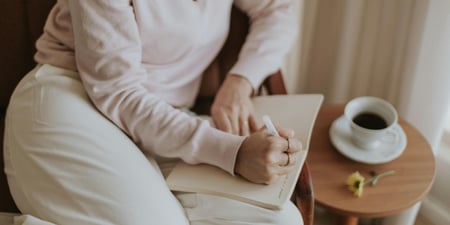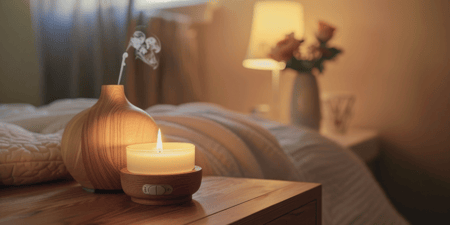
Borrowing Wisdom From Other Cultures To Heal Our Back Pain
In this article for Goop, acupuncturist Esther Gokhale[1] tells us that sitting and heavy lifting are often unfairly blamed for back pain. Having experienced back pain herself, she started looking into the causes and found a large amount of ‘bodily wisdom’ in other parts of the world that Western society could learn from. Travelling to remote villages in West Africa, India, Brazil, Ecuador, and Portugal, she found that people in those cultures often sit for hours of the day weaving baskets, or making pots, engage in heavy labour regularly and yet don’t have the same back problems we do. According to Gokhale, it’s the way that many of us sit and put a strain on our backs that makes the difference.
In her experience, alleviating back pain (and associated knee, hip or neck pain) can help other parts of the body. Feeling properly aligned can not only lift one’s mood but also encourage increased blood supply to the organs and muscles, improving breathing, digestion, energy and sleep. She has combined her learnings to create the Gokhale Method, and her tips to mitigate the effects of sitting all day by incorporating stretching and different sitting positions into your daily routine.

4 Targeted Tips To Avoid Back Pain
1. Stretch While You Walk
Sitting for a long time can cause the psoas muscle to have a shorter resting length. Our psoas muscle (a large muscle that wraps from the vertebrae on your spine to the front of your femur bone) is responsible for helping us to lift our legs and walk. Gokhale recommends planting the heel of your back leg down on the floor when you walk along with squeezing your glute, to allow your psoas muscle to get its natural stretch.
2. Change Up The Way You Sit
Try to avoid sitting in one position all day long. Instead, try placing a folded towel in the arch of your back underneath your shoulder blades, and allow your shoulders to relax while you gently lengthen and decompress your spine. After a while, place the folded towel on your chair and sit on the front edge of the wedge, allowing your pelvis to tilt forward.
3. Reset Your Shoulders
Moving one shoulder at a time, bring your shoulder forward, up, back and then down. Repeat on the other side and relax. This allows your arms to rest in a different place, pulls the soft tissue of the shoulder back, allows greater circulation in the arms and back and can improve your breathing pattern.
4. Strengthen Your Glutes
Another simple exercise is to become more aware of your glute muscles, which you can do by squeezing your butt with every step. This helps to strengthen your glutes, which is important for back health and gives your body a softer landing when you walk.
If improving your posture is something you would like to work on, therapies such as physiotherapy, myotherapy or yoga may be able to help. Click on the image below to book a free consultation call with one of the qualified health professionals.
References
1. Esther Gokhale, L.Ac.. Gokhale Method; 2024.
Disclaimer: This Content has been developed from our generous global community and is intended for informational purposes only. This Content is not, nor is it intended to be, a substitute for professional medical advice, diagnosis, or treatment and should never be relied upon. Further, the personal views and experiences published are expressly those of the author, and do not represent the views or endorsement of SoulAdvisor through the act of publication on our site.




























































